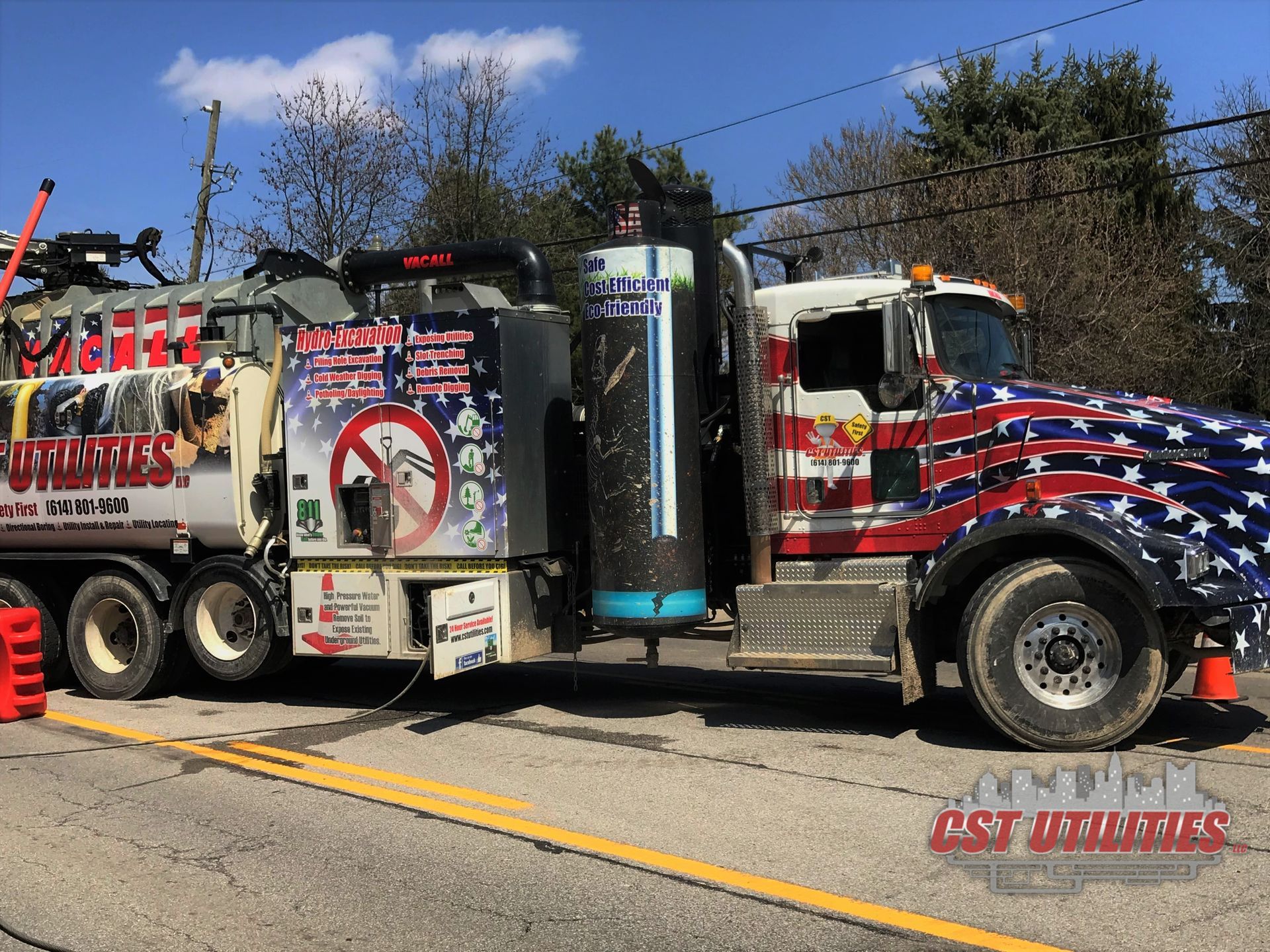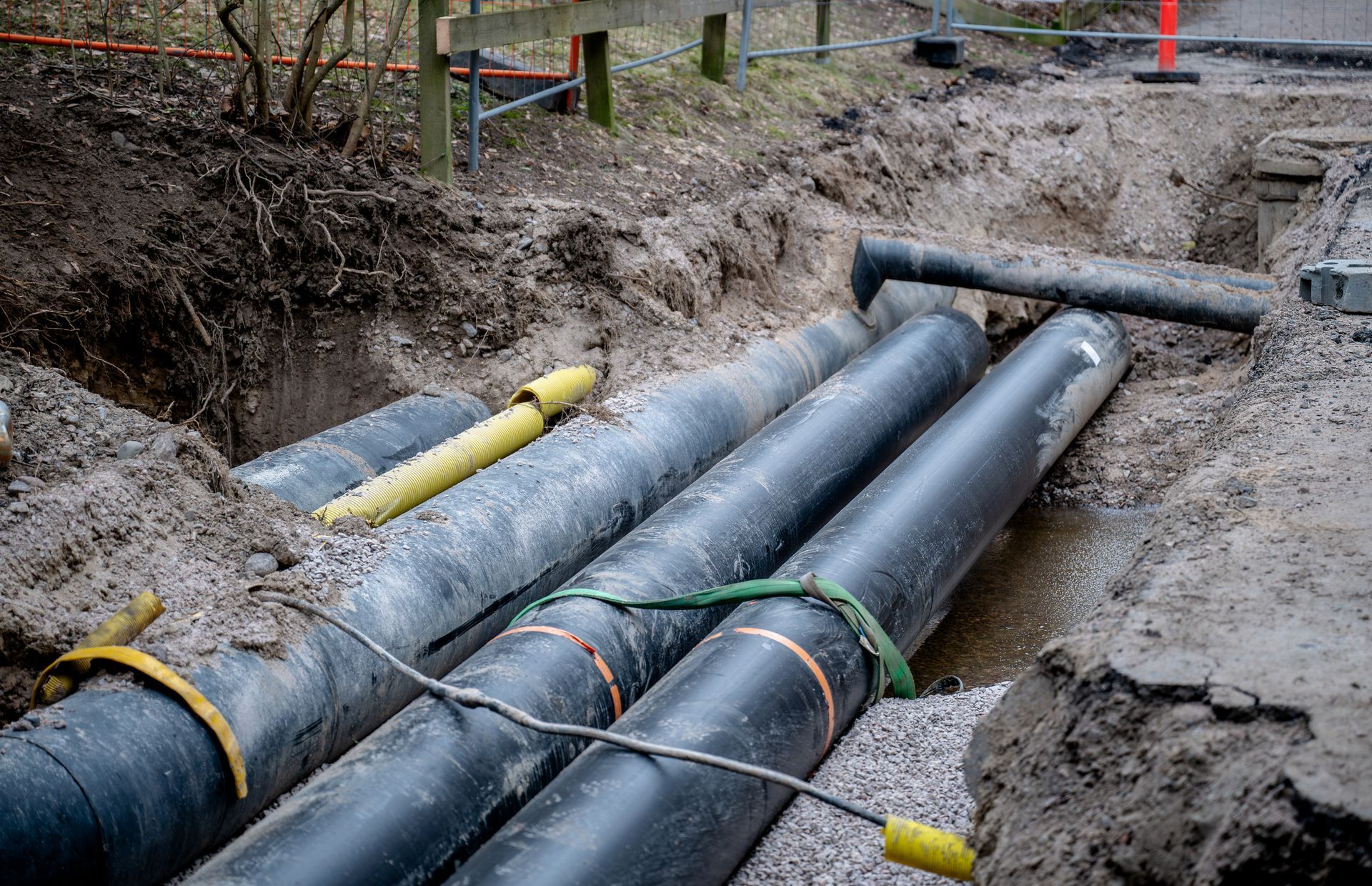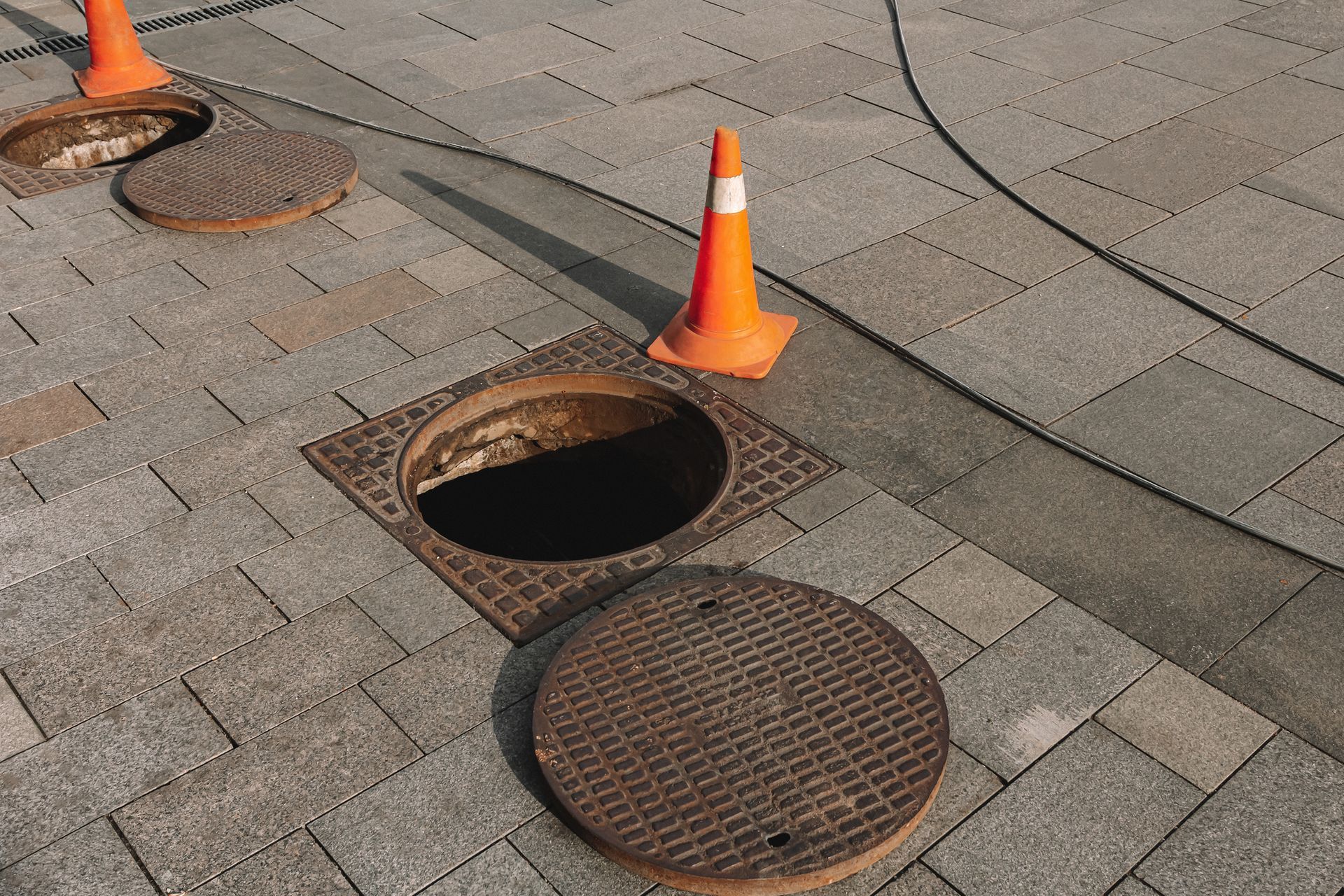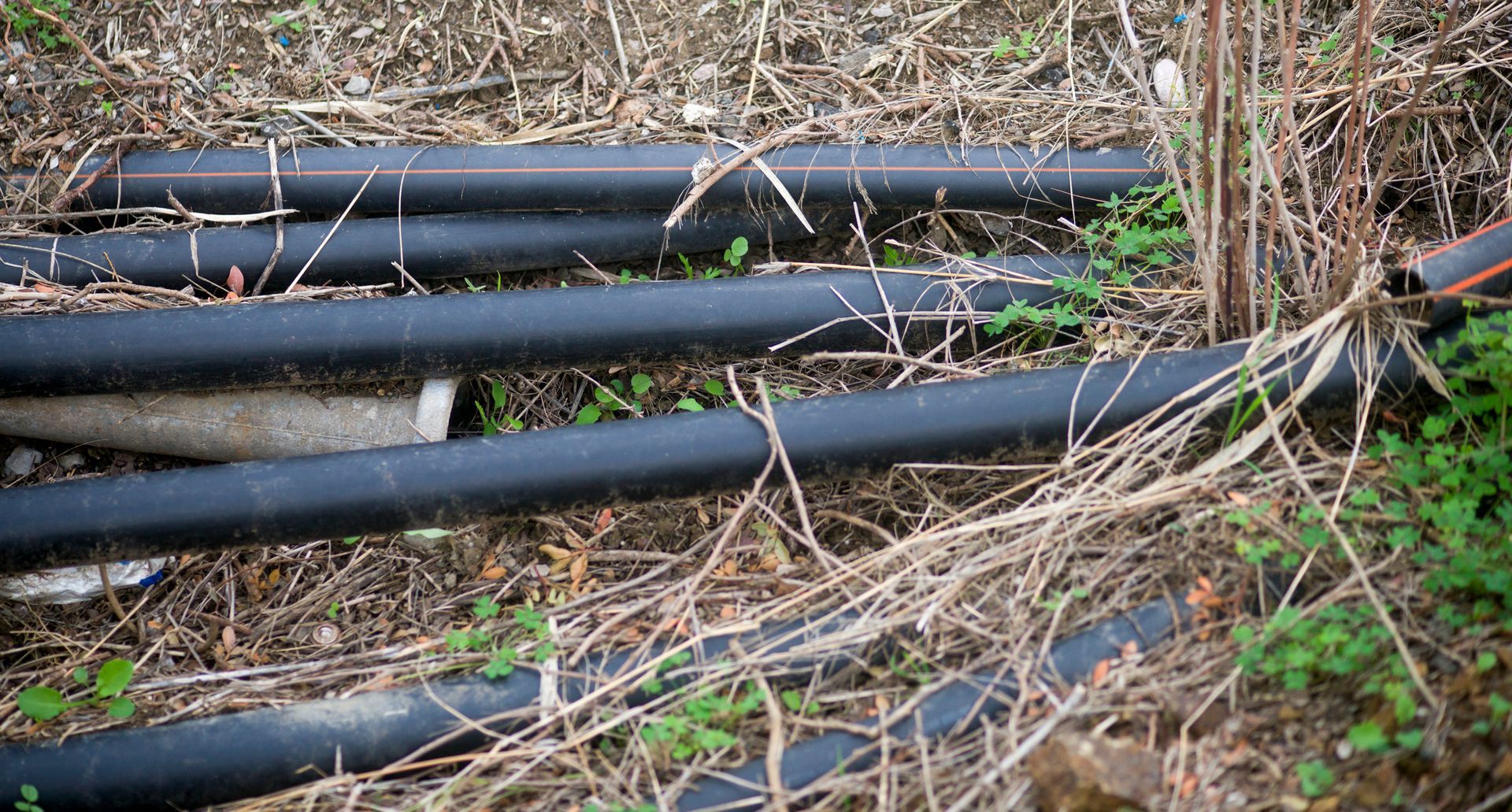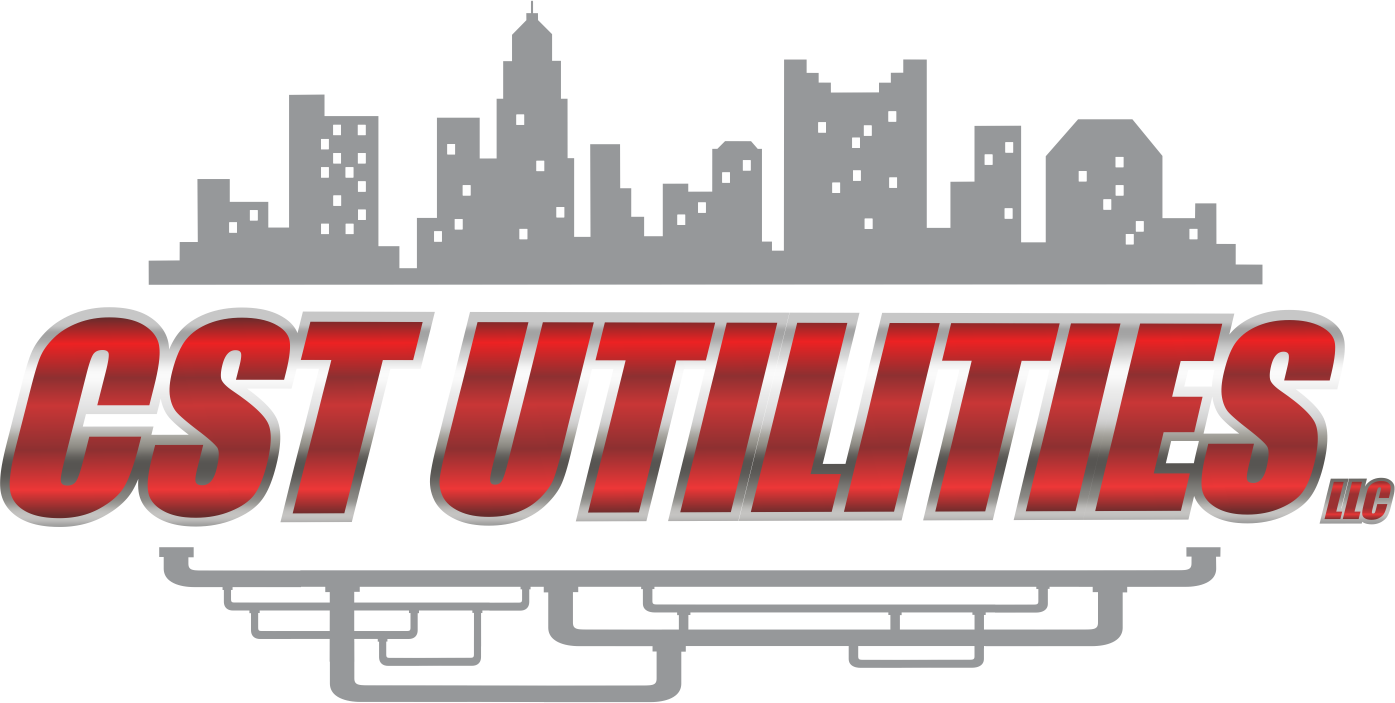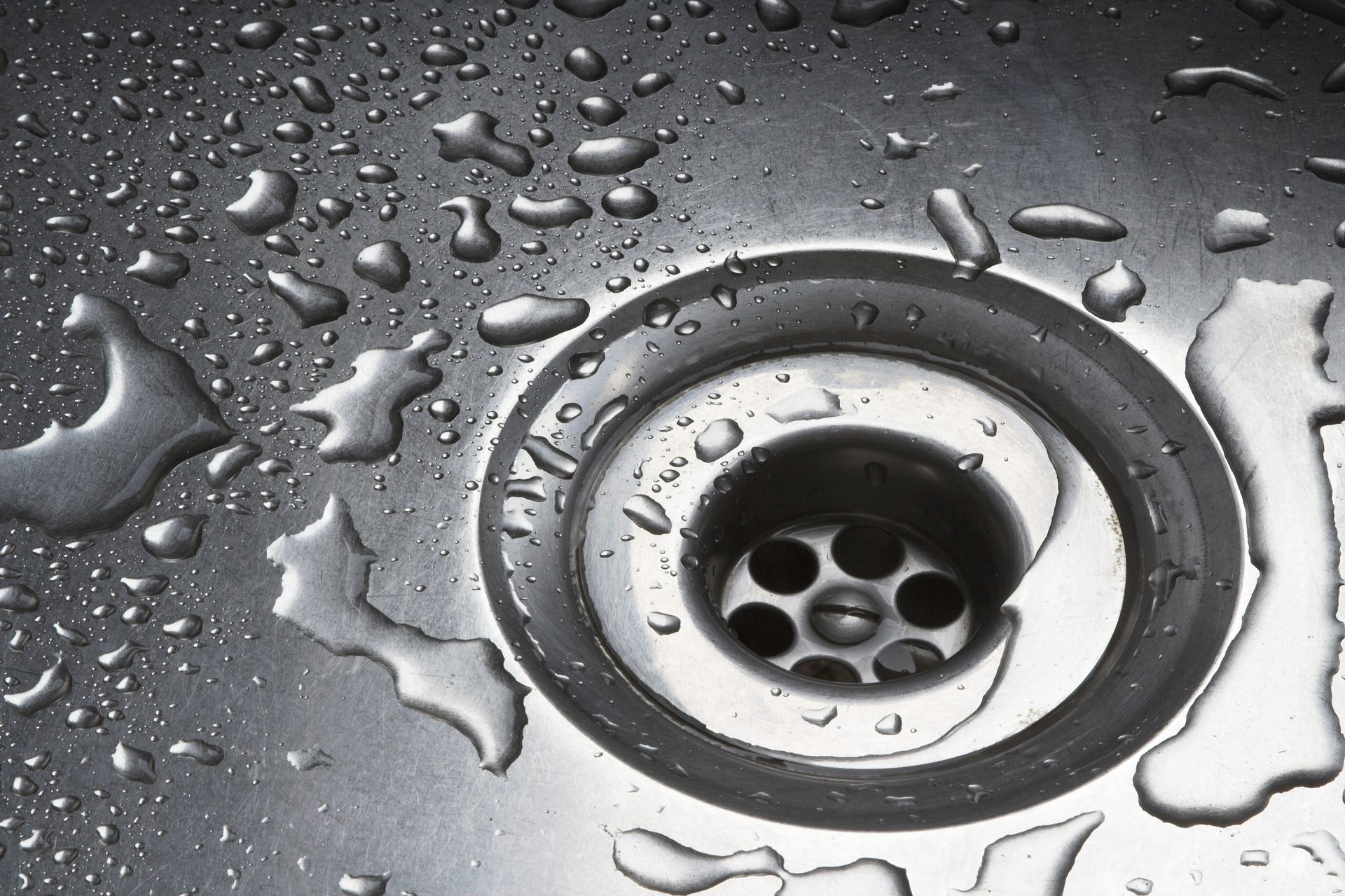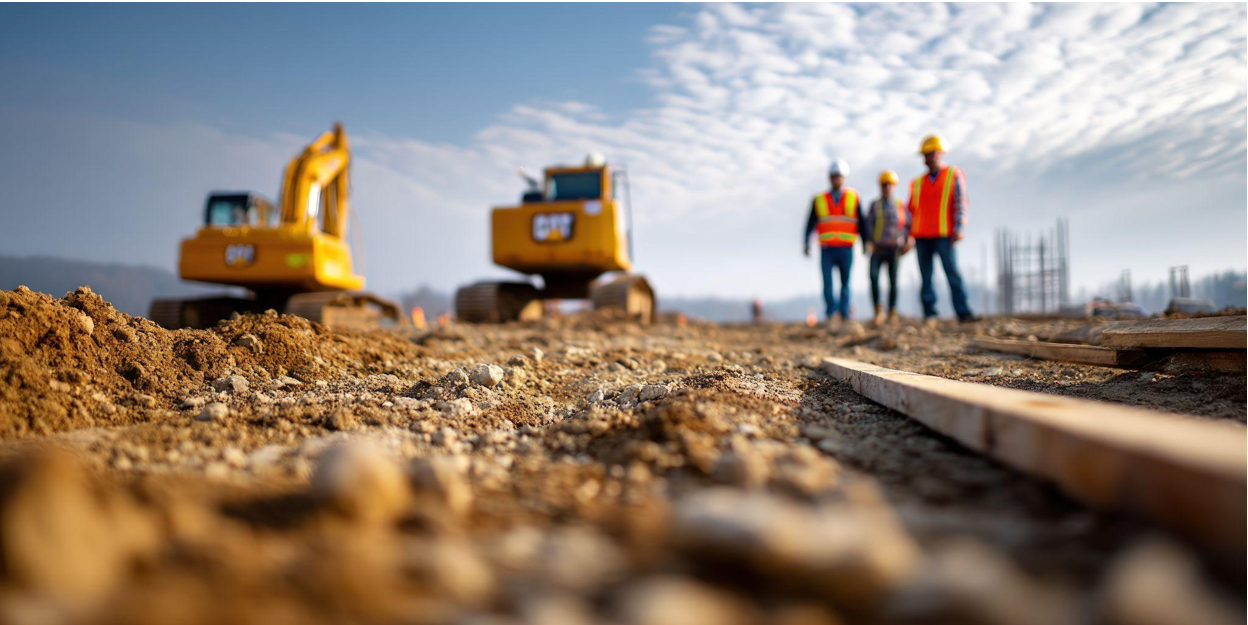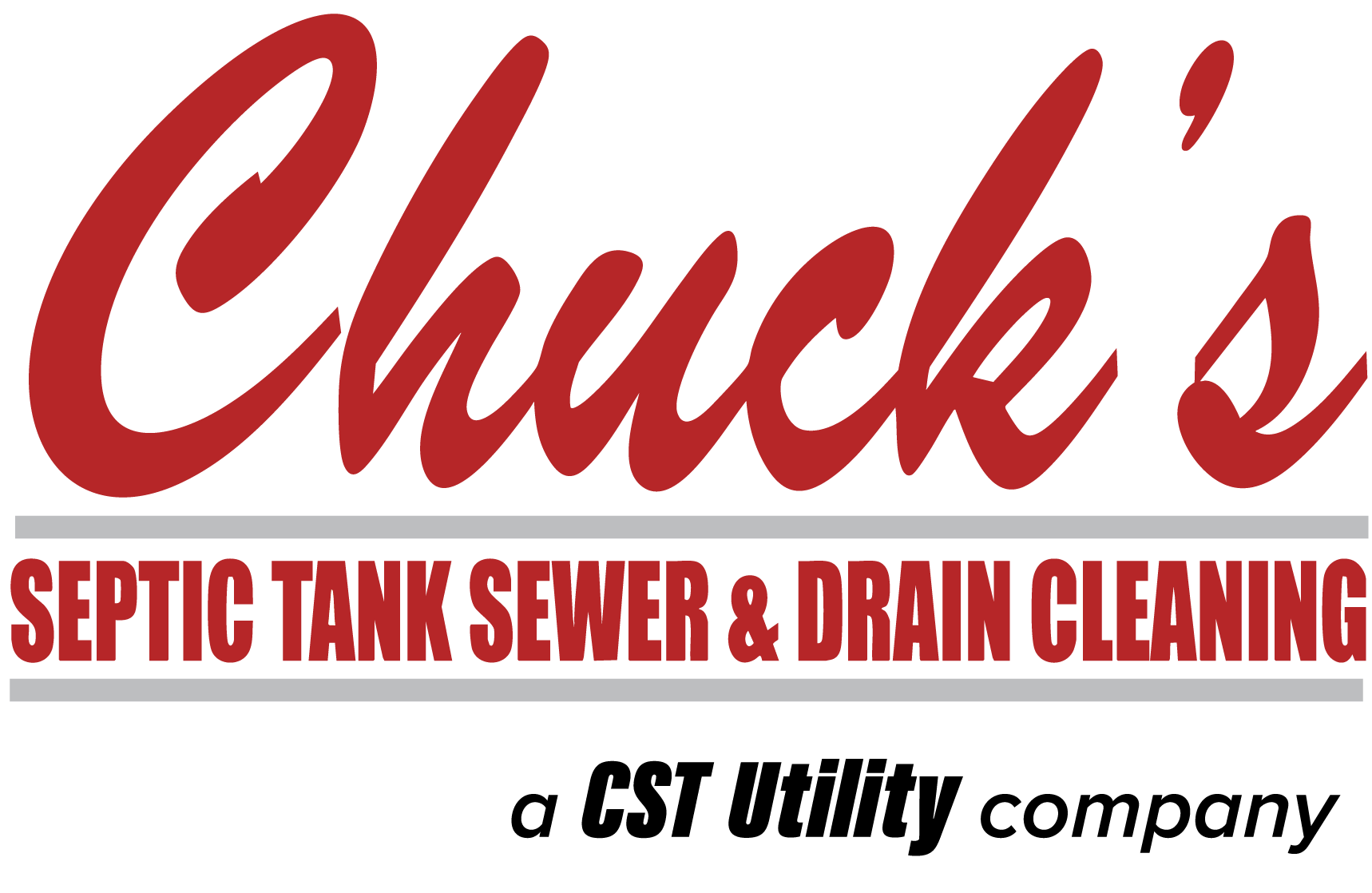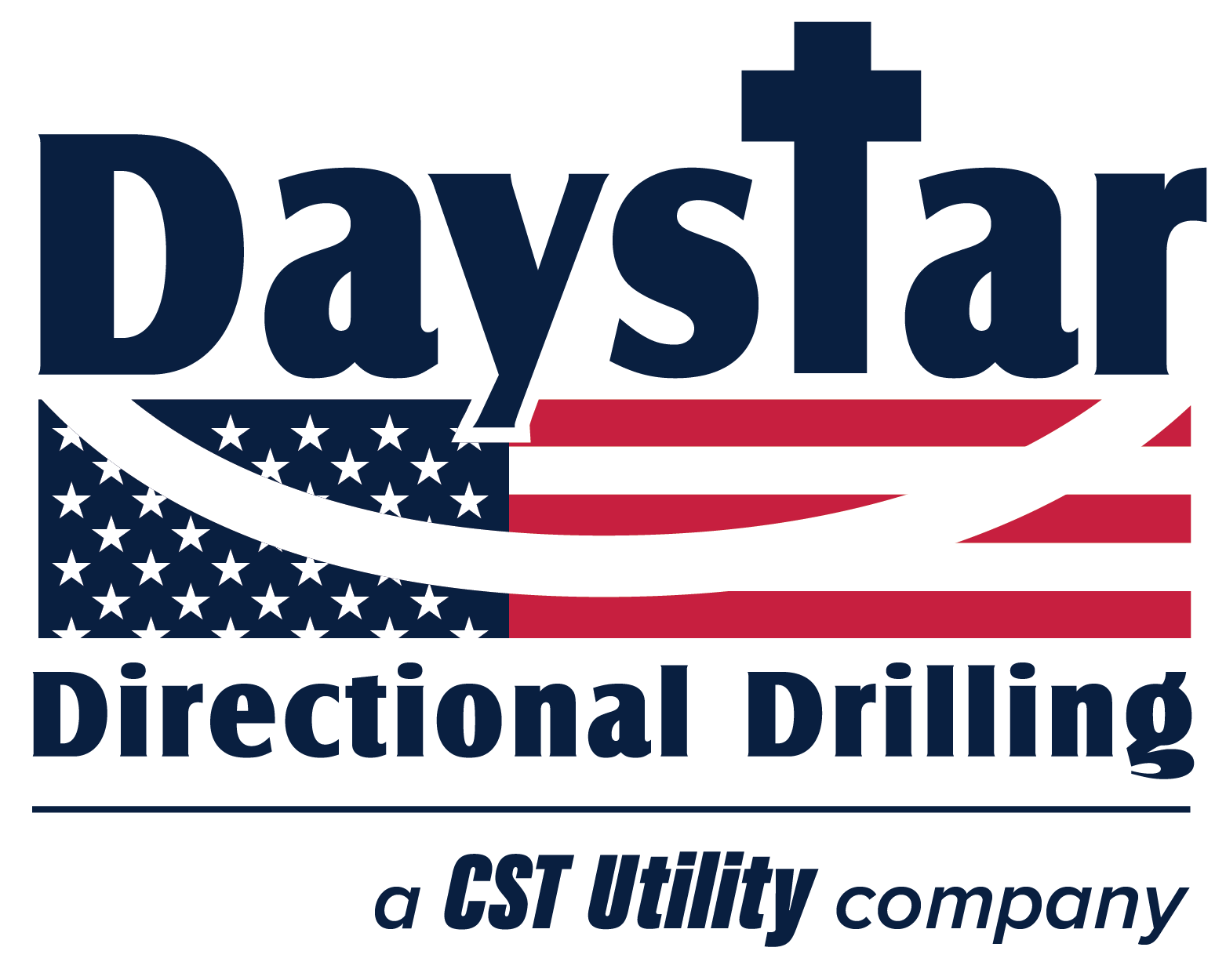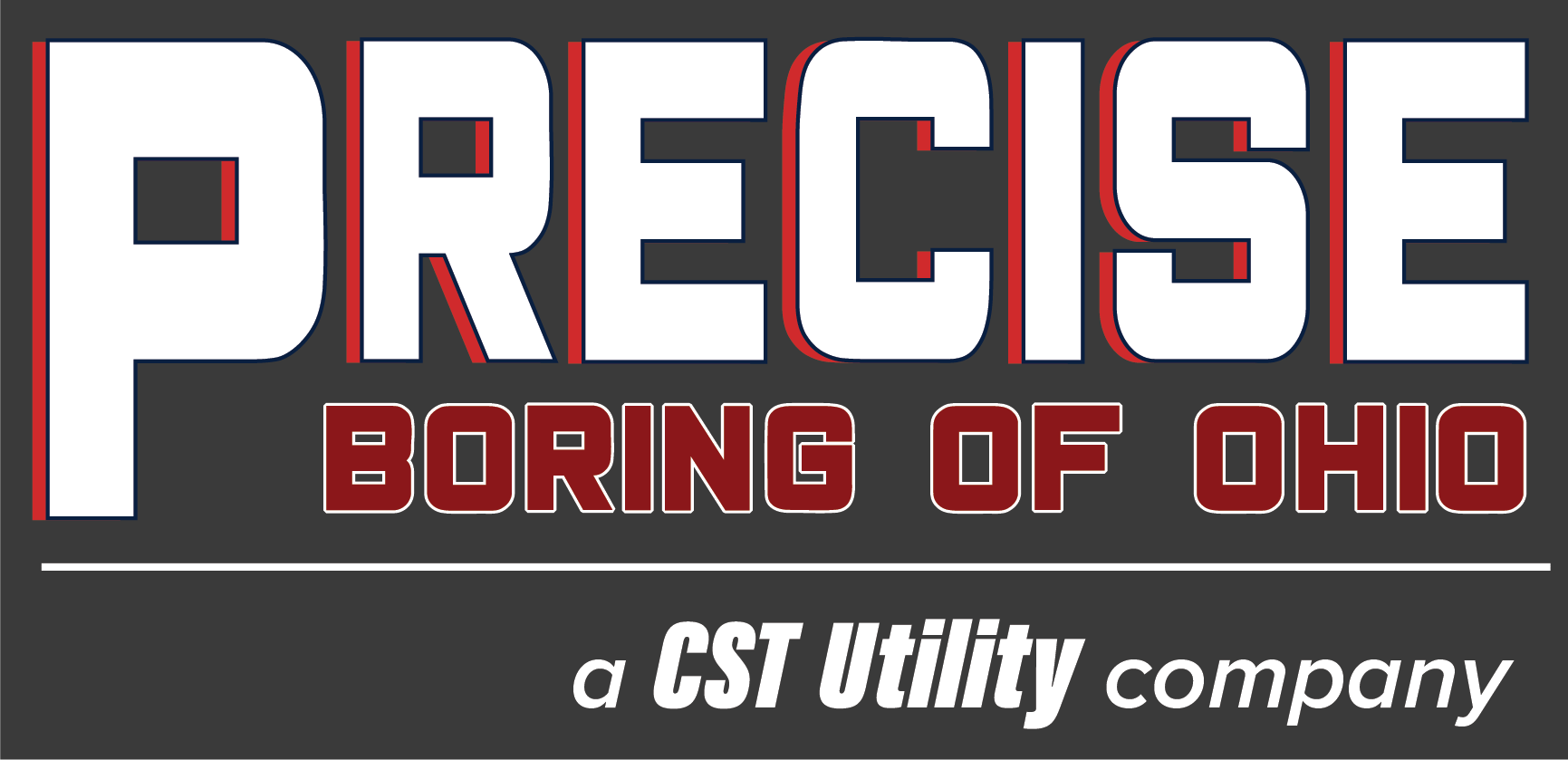Press Release - CST Utilities Acquires Daystar Directional Drilling
CST Utilities Acquires Daystar Directional Drilling
CST Utilities announces the acquisition of Indiana-based underground drilling firm Daystar Directional Drilling, expanding its Midwest presence to Indiana. Effective July 15, 2025, Daystar will operate as Daystar Directional Drilling, a member of the CST family.
Columbus, OH - CST Utilities (CST) announced the acquisition of Daystar Directional Drilling, a provider of essential infrastructure utility drilling services across central Indiana. This strategic acquisition marks a significant expansion of CST’s Midwest footprint and service offerings, and reinforces its commitment to partnering with high quality, client focused utility service providers throughout the Midwest. Daystar and CST will meld the best practices of both businesses into the leading underground utility services provider across the Midwest.
“We are very pleased to be joining forces with the team at Daystar,” said Steven Besse, President, and Chief Executive Officer of CST Utilities. “The team and focus on client satisfaction that Jerry Watson III and his family have built into the culture of Daystar will be a perfect fit for CST’s customer- first approach to business.”
“I am excited to see Daystar merge with CST. This will provide our employees and customers with a stronger team that will benefit all,” Jerry Watson III, President of Daystar Directional Drilling, added. “There is so much opportunity for high quality companies like ours to leverage as we serve our clients and create a great workplace for our employees.”
Founder Jerry Watson III will remain with the company as the leader of the Indiana operation and maintain an ownership stake in the combined companies. The team will continue to operate out of the firm’s Noblesville, IN office and yard.
About CST Utilities
CST Utilities is an Ohio-based infrastructure service company providing a range of excavation, underground, and maintenance services to public utilities (electric, natural gas, water), telecom providers, and other businesses. With over 50 years of industry experience, CST has established itself as a professional and reliable local business serving Central Ohio and surrounding counties. For more information, go to https://www.cstutilities.com/.
About Daystar Directional Drilling
Based in Noblesville, IN, Daystar has been serving central Indiana since 2002, providing underground utility services with a specialty in Horizontal Directional Drilling. For more information, go to https://www.daystardrilling.com
About MFG Capital
Founded in 2016 by Partners Jeff Mizrahi and Jonathan Schilowitz, MFG Partners is a New York-based private equity firm focused on making control investments in family, founder, and management-owned industrial businesses in the lower-middle market to pursue growth over the long-term. MFG collaborates with company leadership to identify and execute growth opportunities and operational initiatives.
Media Contacts:
CST Media contact: Steve Besse, CEO – Email: Sbesse@cstutilities.com Phone: 614-875-9508
Daystar Media contact: Jerry Watson III – Email:
Jerryk@Daystardrilling.com Phone:
317-773-7455
